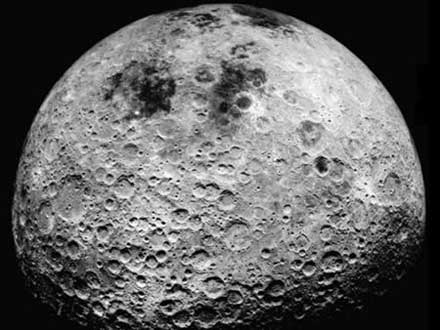Photos: tvxs.gr, ethnos.gr
A detailed monitoring of celestial bodies such as comets, asteroids, meteorites, moving closer to the moon or colliding with it will be carried out from Greek territory. The aim is to anticipate risks to our planet.
The first super modern camera has been mounted on the Newall telescope with a diameter of 62.5 cm at the National Observatory of Athens under the NELIOTA project that is funded by the European Space Agency (ESA). The NELIOTA team members at the observatory have already connected the camera and have recorded photos of the Moon and other astronomical objects.

The CMOS Andor Zyla camera will be installed on the Kryoneri telescope with a diameter of 1.2 m in the spring of 2016 when its modernization will be completed. The telescope is on the Kyllini mountain, Corinthia area, at an altitude of 900 metres and it belongs to the National Observatory too.
The NELIOTA project aims to study near-earth objects that could fall on it. For this purpose, it is examining how frequently meteorites and other small objects fall on the surface of the neighbouring planet, the Moon, and the distribution of their falls.
The Kryoneri telescope is undergoing modernisation precisely in order to be used within this project. Thanks to the new camera and the special software that controls the telescopes, the equipment will automatically record even the smallest meteorites with a weight of a few grams falling on the Moon and causing weak flashes that continue for less than one second.

Only the largest meteorites reach the Earth's surface as the small ones burn in the atmosphere while falling. However, the Moon has no atmosphere which allows the observation, with the right telescope, of the smallest meteorites falling and leaving traces on its surface.
Scientists want to know how frequently such bodies fall and how dangerous they are for the satellites in orbit around the Moon as well as for a future space mission like the one to the Moon planned by ESA.
The data of observations will be available to the scientific community and the public via the web.